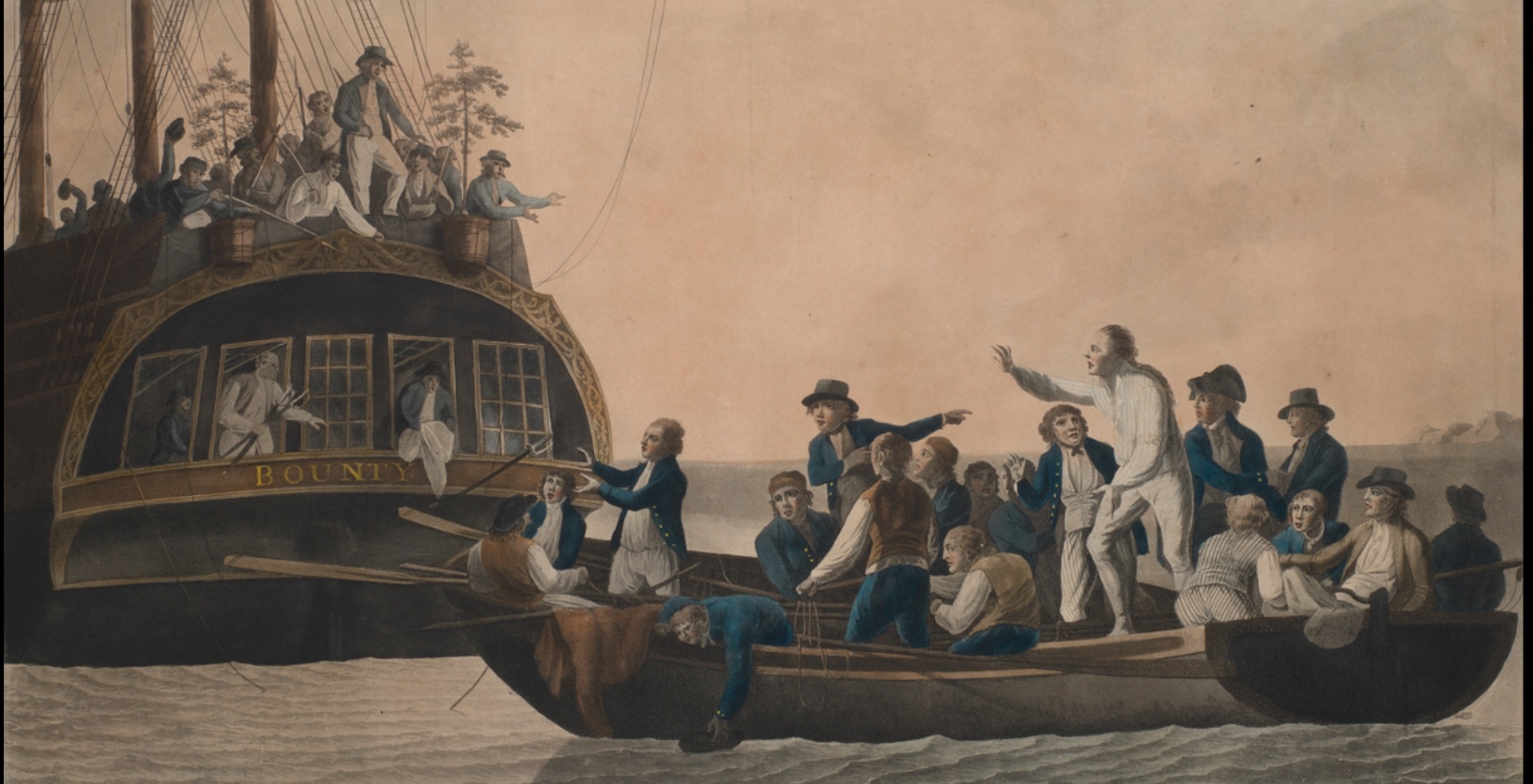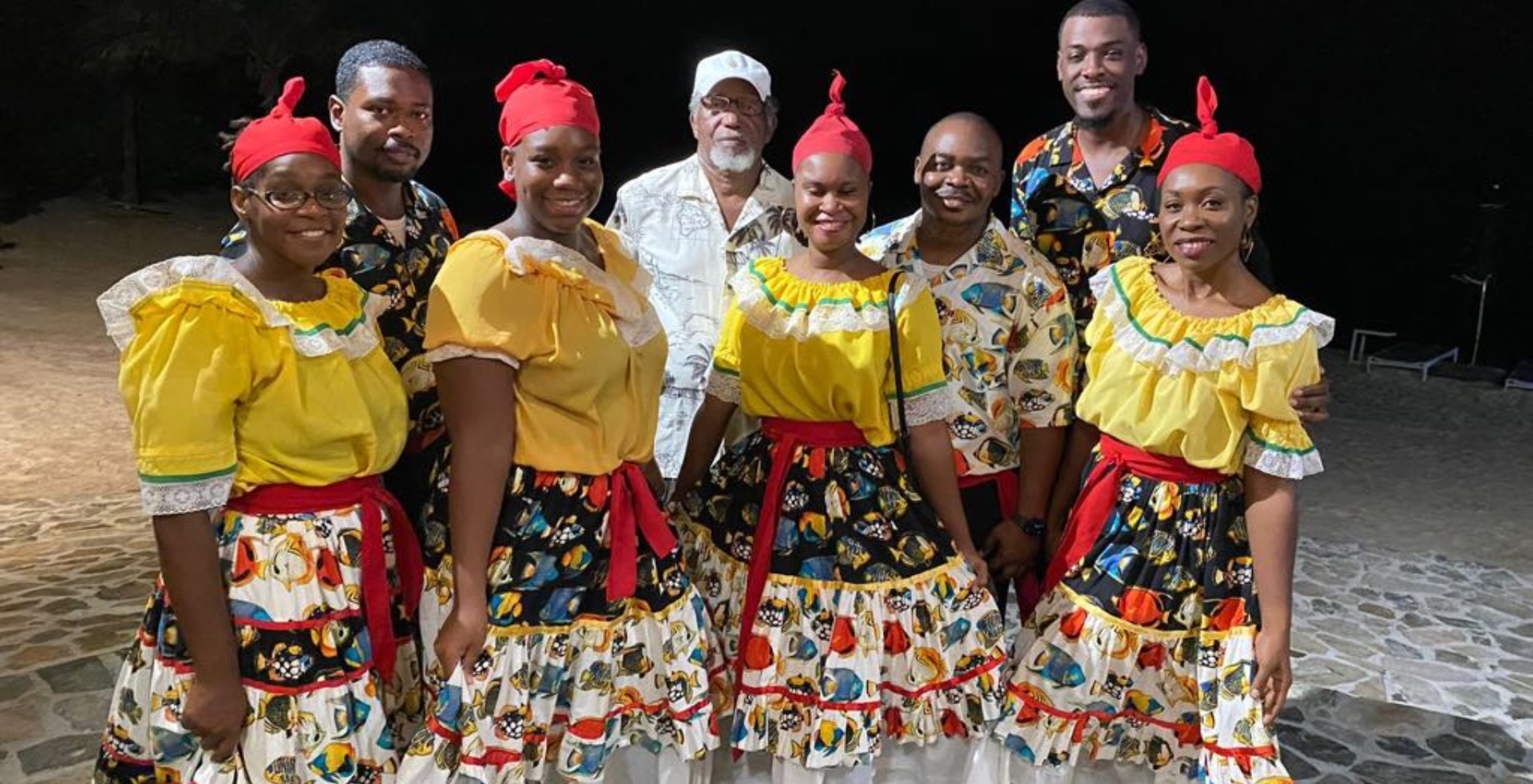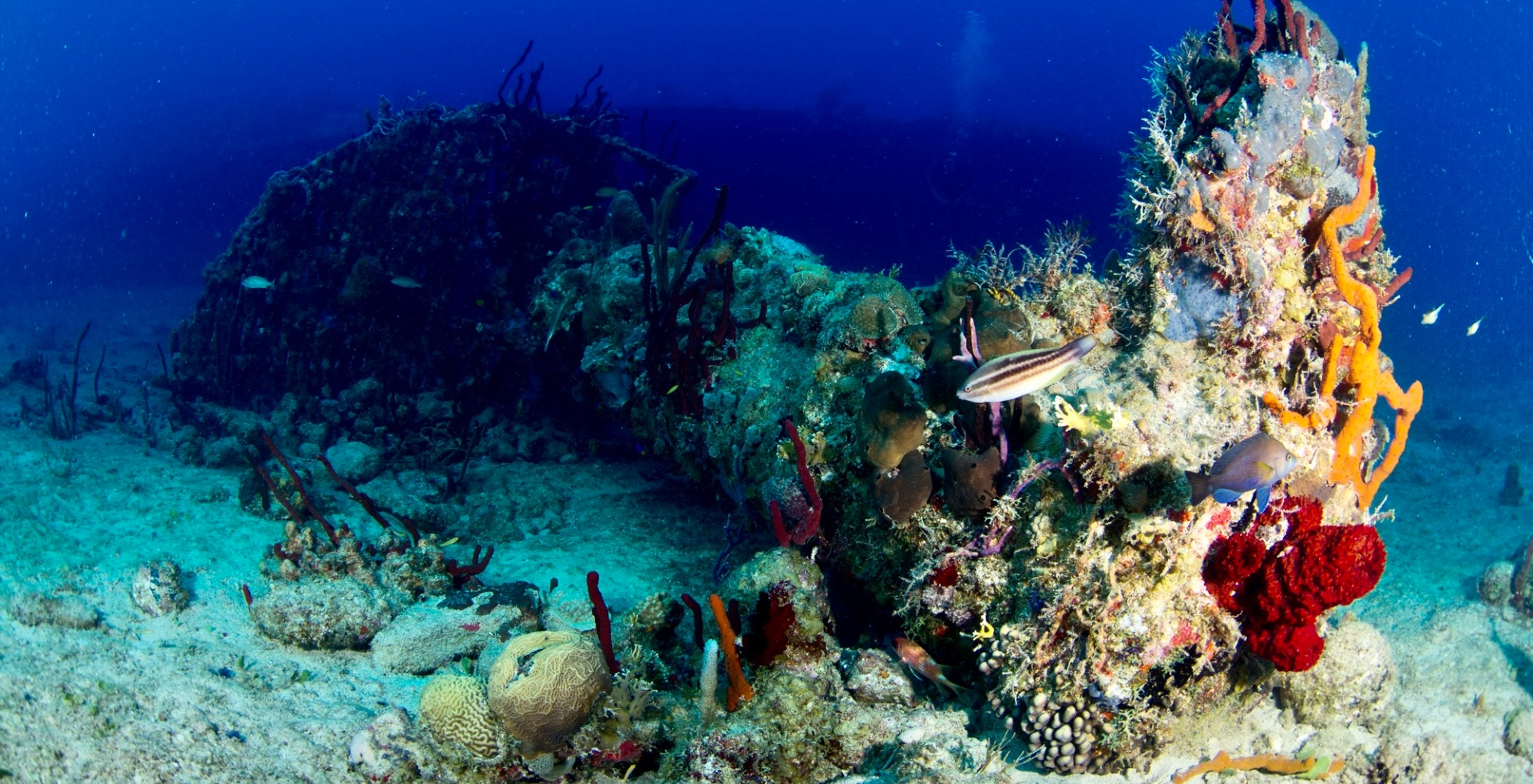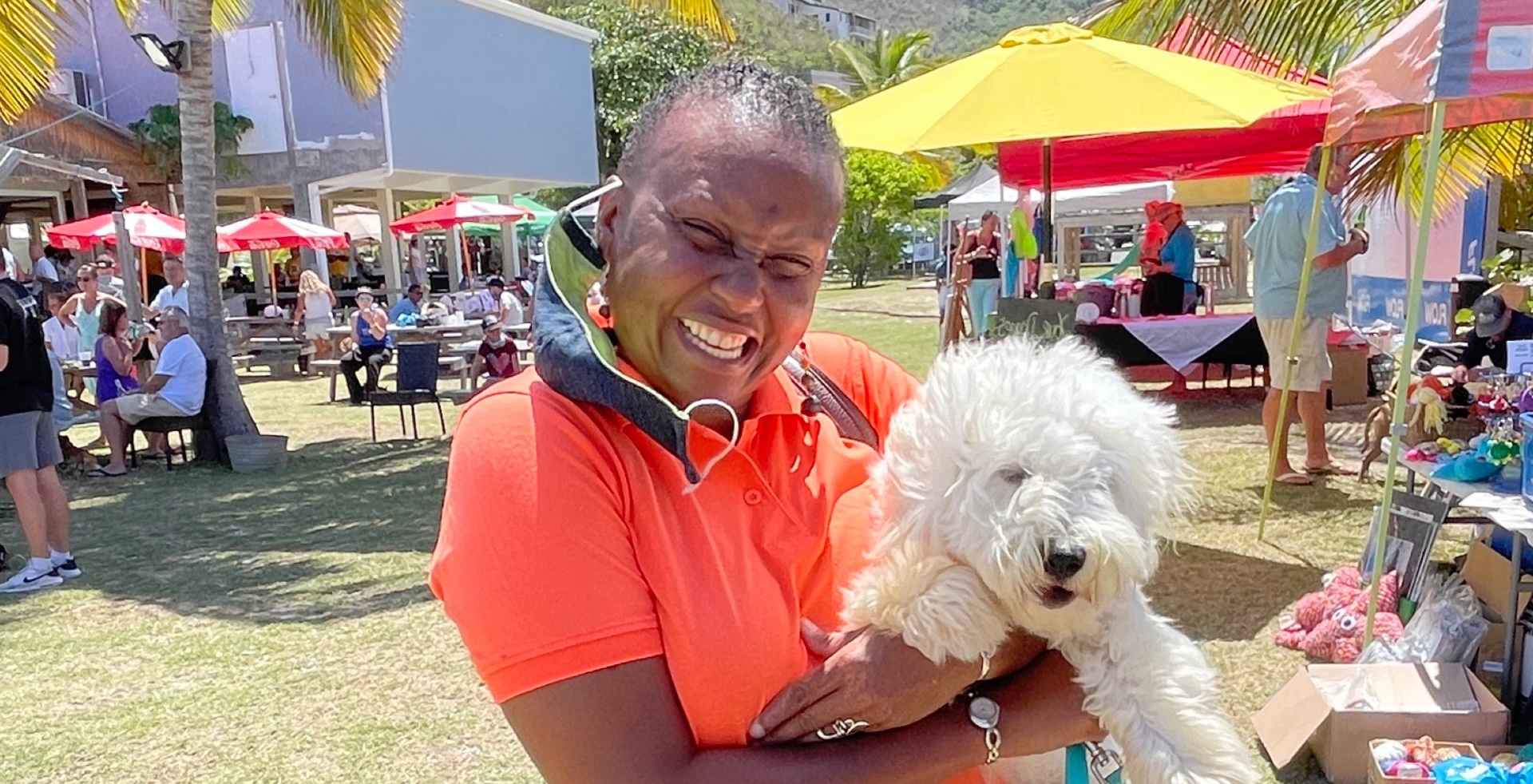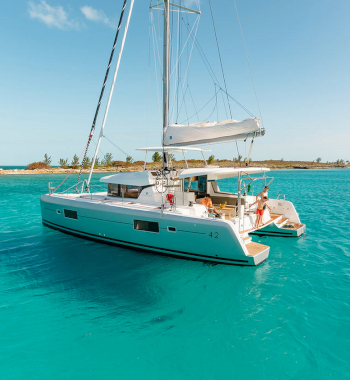Discovering Some Cool BVI Birds
Who would have thought that counting birds could be cool? Ok, bird counting is not everyone’s cup of tea, but it is a great way to get outdoors and enjoy the BVI’s unparalleled beauty. I have participated in the Audubon Christmas Bird Count on several occasions, and this last December I packed up a note pad, binoculars and my trusty iPhone for photos, and set off to join the ranks of volunteers taking part in the National Audubon Society bird census. Here in the BVI the count was held on Tortola on December 28th and Anegada on January 5th. I volunteered to cover a swathe of Tortola’s northwestern shore from Long Bay to Carrot Bay, as well as Soper’s Hole on the island’s western most tip.
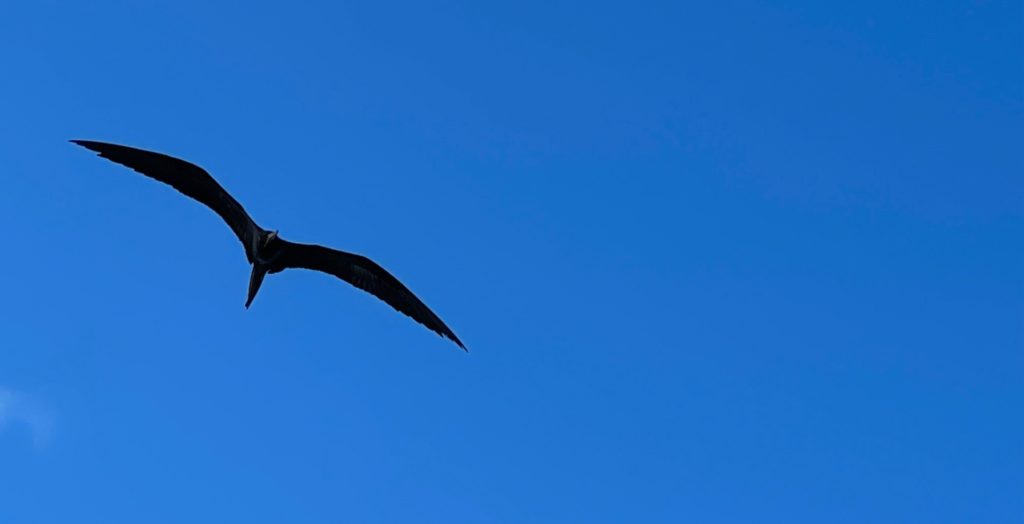
I didn’t hold out a lot of hope for bird spotting that morning. My home and surrounding neighborhood is a haven for many types of birds. On other days, Gray Kingbirds hover on power lines like notes on a sheet of music, and if lucky, I can spot a mangrove cuckoo, one of the BVI’s most elusive avian, hiding in the dense foliage of one of our ficus trees. There are Smooth-billed Anis with glossy black feathers and a parrot like beak, which fly in large flocks from tree to tree. Are they on the hunt for berries? Or are they more like a pack of restless teenagers, zooming around the neighborhood just for the sheer fun of it.
Our most fascinating resident is the Green-throated Hummingbird. When our aloes are in bloom, this jewel-like creature feasts on the plant’s seemingly scrumptious nectar.
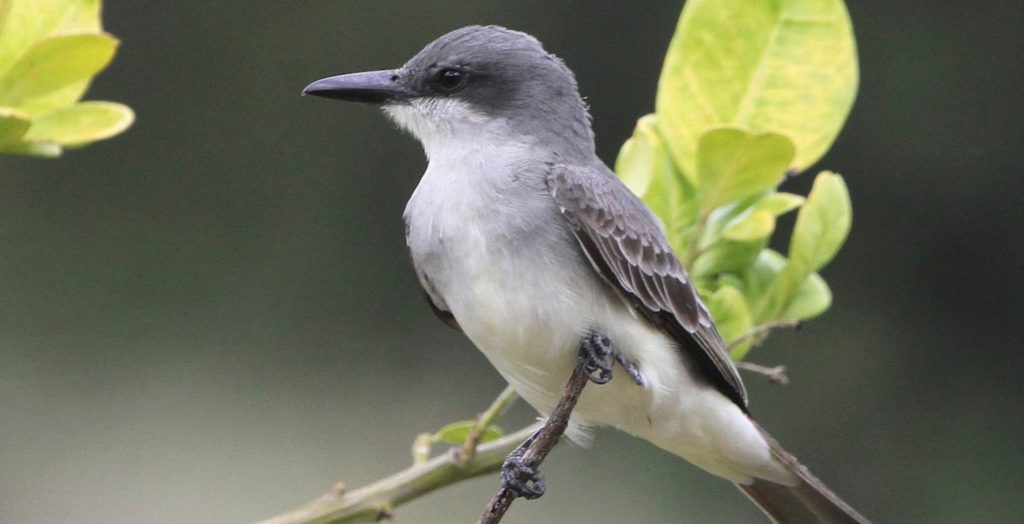
But on the day of the bird count, there wasn’t a bird in sight – not from my balcony, the front garden or along the road.
Maybe I didn’t go out early enough because at 8am, Long Bay was bereft of birds. I heard a few twittering in the trees and guessed that they were Pearly-eyed Thrashers, a bird of dubious reputation around the BVI. They are natural thieves and if you leave fruit or, even better, a ripe tomato out on the balcony these brazen birds will swoop down and steal it in a heartbeat. They sometimes have a sweet chirp, but more often transmit a raspy squawk. Charm school graduates, they are not.
There were a couple of more thrashers and two pelicans in Apple Bay. Discouraged I carried on to Sopers Hole, where my husband, Alan, an avid amateur naturalist, joined me. From one of the docks at Sopers Hole Marina, we spotted a heron. With its signature long neck, and orange stilt-like legs, a snowy white Great Egret stood imperiously along the sandy shoreline at the bay’s eastern end. The area, known locally as the Sand Spit, is scattered with derelict boats, boat parts and detritus washed up by Hurricane Irma and other storms, but it still has a wild marsh like feel at its shoreline. Here we spotted several Brown Pelicans and another white heron. Counter intuitively, this magnificent white bird is in fact a Great Blue Heron in its white phase. Who would have thought! Whether white or blue, it is a splendid sight and was among the highlights of the day.
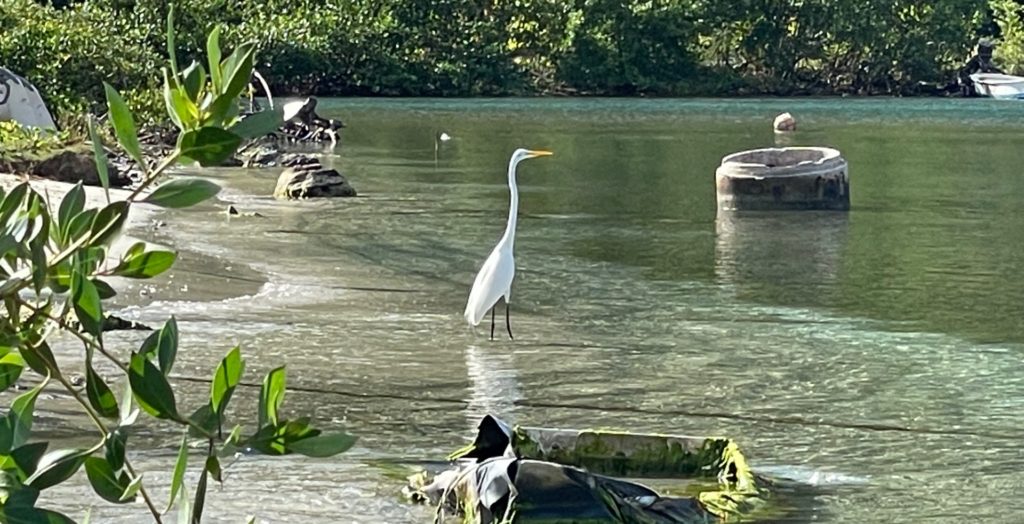
But then another small wading bird caught our eye: a Green Heron. To us, the feathers on its back looked dark gray, not green but maybe it was the light, or the need for a new eyeglass prescription. It had a sharp beak and its head had white and ruddy red markings. It was a cute little heron, but shy (less interested in us, than we were in him) and it kept moving away as we tried to get closer to snap a photo. This bird watching adventure was becoming fun.
Pelicans that day were in short supply at Sopers Hole, but I found several later in the afternoon when I went to Carrot Bay, a charming fishing village on the north shore. Usually I see pelicans (the Brown Pelican is most common here) dive bombing into the sea to scoop up fish, precariously perched on a shoreside rock or sitting on a dock or bollard. But that day, I felt that there was something above me and looked up at the top of a tree I was standing beneath. There, a tawny brown pelican was precariously perched on one of the top most branches. Hanging onto the branch, which was swaying in the breeze, was an amazing feat of balance and determination. Several other pelicans were diving for fish. But this guy was apparently too laid back to get off his perch.
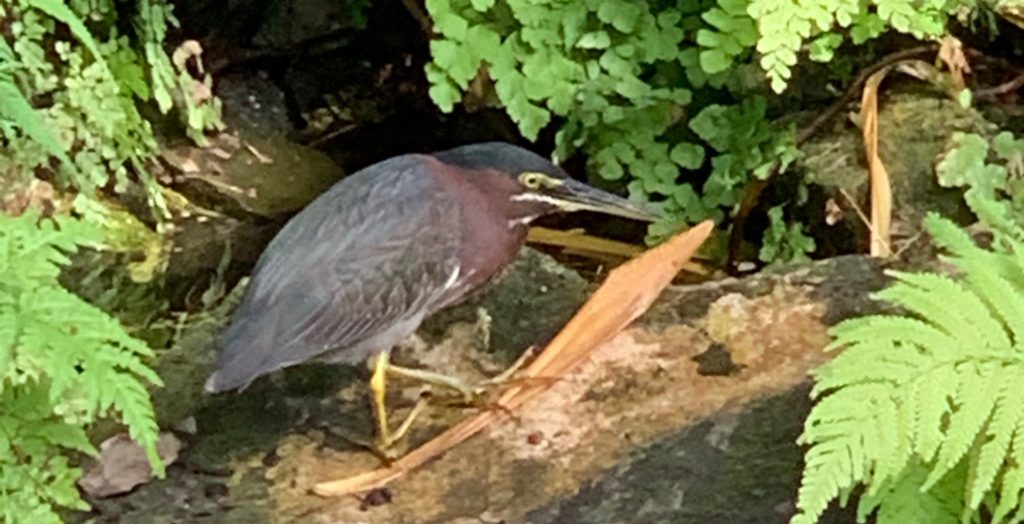
A little further along, just past De Coal Pot restaurant, I looked up, and to my amazement, spotted half a dozen Magnificent Frigatebirds soaring high above the water, scoping out a school of fish. I parked my car, got out and watched the swirling group of frigates. With their glossy black feathers and elegantly curved wings, these seabirds are stylish and graceful. At one point they flew closer to shore and glided above my head performing aerial acrobatics in their quest for an afternoon snack. It was an extraordinary and rare moment. I got out my phone and started snapping photos hoping at least one of them would be in focus so I could share this amazing airborne display. Otherwise, who would believe that bird watching could be so cool!
Watch Brown Boobies and pelicans dive for fish at Sugar Mill in Apple Bay in this video:
https://www.youtube.com/channel/UC-SB5pkxtC6Lg1h1cRTi0NA
For more information on the National Audubon Society’s åChristmas Bird Count go to: https://www.audubon.org/conservation/join-christmas-bird-count
To volunteer for the 2022 BVI Bird Count contact Nancy Woodfield Pascoe, Deputy Director of the National Parks Trust of the Virgin Islands at: deputydirector_nwp@bvinpt.org

